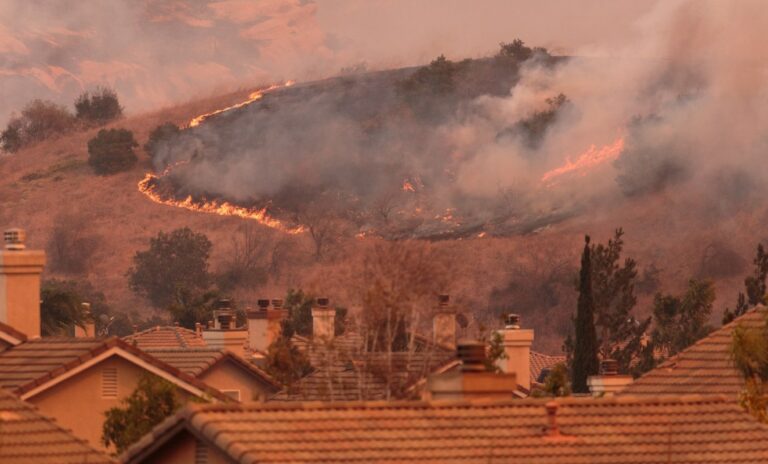Home insurance rates are rising across the United States, but some states are feeling the pinch more than others. According to a recent report by the Consumer Federation of America, the average increase in home insurance rates between 2021 and 2024 was 24%. However, certain states have seen much steeper hikes due to their vulnerability to severe weather events.
States Most Affected by Rising Insurance Rates
Utah topped the list with a staggering 59% increase in home insurance rates, followed by Arizona (48%), Illinois (50%), Nebraska (35%), and Pennsylvania (44%). These states are particularly prone to natural disasters such as wildfires and tornadoes, which damage homes and properties, leading to higher insurance costs.

As Sharon Cornelissen, director of housing for the Consumer Federation of America, noted, “The skyrocketing price of insurance premiums is deepening the housing crisis … and homeowners across the country are feeling the strain.” The impact of rising insurance costs is multifaceted, affecting homebuying, selling property, and discouraging investment in insurance coverage.
Why Rising Insurance Costs Are Concerning
The main driver behind the increase in insurance prices is weather-related events. A U.S. Department of the Treasury study found that residents in areas more prone to severe weather pay significantly more for insurance. This has led to difficulties in finding quality coverage, with many homeowners facing prohibitively expensive renewal agreements or being denied coverage altogether.
Addressing the Issue of Rising Insurance Rates
To mitigate the rising costs, state and federal governments must take action to regulate insurance companies. Local governments should develop and enforce fire-safe landscaping, development, and construction regulations. Additionally, reducing pollution by discouraging the use of dirty energy sources is crucial.
For homeowners looking to take immediate action, shopping around for insurance deals and considering measures to reduce their carbon footprint, such as switching to electric vehicles or installing solar panels, can help. As Cornelissen suggested, “federal and state policymakers need to take action to address the rising costs and reduce risk for individuals and communities.”


